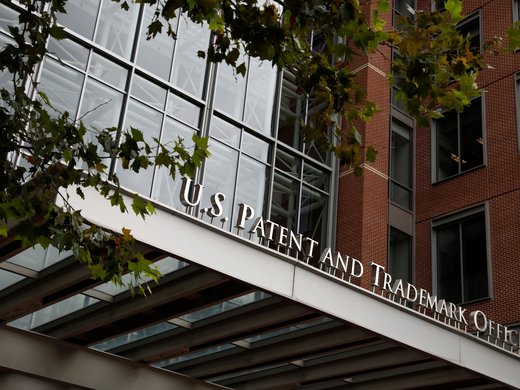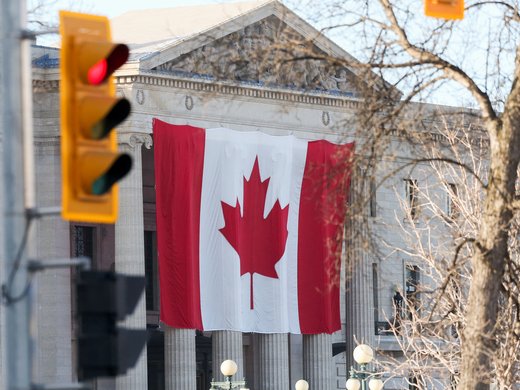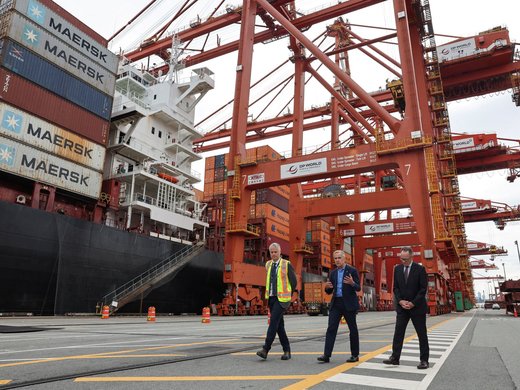As US President Barack Obama continues his trade-focused trip to Asia this week, it is worth reflecting on the new US strategy of mega deals and what this may mean for the global trading system. The term “mega deal” has been widely used and relates to large prospective trade deals between the United States and Europe (the Transatlantic Trade and Investment Partnership [TTIP]), and in Asia and the Pacific (the Trans-Pacific Partnership [TPP]). However, the phenomenon of mega deals is much broader than just these two — admittedly large — prospective deals, and also includes China and Asia more broadly than just the TPP partners.
Since the bilateral negotiation of the Canada-US Free Trade Agreement in 1987, leading to the North American Free Trade Agreement (NAFTA) in 1993, the global economy has witnessed a sharp acceleration in both the number and form of RTAs. As of January 2014, 583 RTAs (counting goods, services and accessions agreements separately) were reported to the World Trade Organization (WTO) committee on RTAs, and 377 were in force. However, motivated by security of access for smaller countries more so than by improved access, the vast majority of these agreements have either been between small countries or between larger and smaller countries, with a few notable exceptions, such as the China-ASEAN (Association of Southeast Asian Nations) agreement or NAFTA. Given large countries’ primary focus on the WTO as a forum for substantive negotiations with other larger countries, relatively few agreements had occurred either pairwise or bloc-wise between larger economies. But in the last two years, sparked in part by the low expectation of future negotiations in the WTO and by the perceived need to reinvigorate growth in the Organisation for Economic Co-operation and Development (OECD) through export growth, various possibilities for a series of large-large trade negotiations have emerged, covering most members of the Group of Twenty (G20).
There is great potential for mega deals globally. With different criteria for the inclusion of agreements in the potential mega deal category — including economies with GDP greater than one trillion, the top 10 economies by GDP size, the top 10 by trade size and the G20 — it is possible to examine deals in place, prospective deals under negotiation or in initial discussion, and deals yet to be initiated. The emerging picture is that the trade room for such deals is large, and with uninitiated deals being the biggest category, this re-emphasizes the significance of all potential mega deals in the medium term. Although all deals (promised or planned) between countries above a certain size could be included as a mega deal, in reality there are the “large” mega deals directly involving the European Union, the United States, China and ASEAN, and deals involving the mid-size economies (such as Japan, Canada, Brazil and Turkey). Large mega deals can also arise from the involvement of clusters of countries (such as the ASEAN+6 Regional Comprehensive Economic Partnership [RCEP] negotiation involving China).
There is a presumption that if concluded, mega deal agreements will, like existing smaller country agreements, cover goods, services and investment, with separate chapters for a range of matters, such as intellectual property, agriculture, competition rules and others. In some cases, separate agreements in services might occur, and investment provisions could complement what might already exist in bilateral investment treaties, of which there are now more than RTAs. If in separate parts, the presumption is that these would be integrated into a single package. The trade part of mega deals will also be presumed as the most significant part, with trade opening in services being broader in scope, and investment provisions constructed to improve the competition regime in partners.
Some of the larger mega deals (such as the TPP and the RCEP) have advanced to the working group stage, where more concrete topics are discussed. President Obama’s trip is assumed to increase the involvement of the United States in mega deals. In some cases, these include regulatory and other issues that go well beyond the topic coverage of WTO agreements. Issues such as the movement of persons across national borders are also covered in some discussions. A more major departure might occur if issues raised by the United States, such as regulatory coherence and state-owned enterprises, are covered by mega deals negotiations such as the TPP. Fergusson et al.’s (2013) study for the Congressional Research Service itemized negotiating US issues, including the following: market investment, competition policies, trade remedies, labour and environment; and new and crosscutting issues, such as regulatory access for goods and services; agriculture; core negotiating issues, including intellectual property rights, rules of origin, technical barriers to trade, foreign coherence, state-owned enterprises, e-commerce, competitiveness and supply chains, and small- and medium-sized enterprises. China’s long-term interests for future negotiations would be to raise trade remedy issues and, more specifically, anti-dumping issues where it would no doubt welcome new disciplinary mechanisms and, potentially, lifting the existing restrictions on movement of capital or asset ownership abroad.
Bilateral or regional trade agreements are inherently exclusionary. Countries left out of mega deals will almost inevitably suffer from the creation of trade between their regional partners. The prospect of a world in which future multilateral trade momentum in the WTO is effectively replaced by a series of bilateral or plurilateral mega deals is one in which most large countries will be driven to negotiate such deals in part by the actions of other countries. Because of the importance of trade and export growth to China’s continued 7.5 percent GDP growth, it is likely that China, more so than any other larger country or entity, will be driven into its own mega trade deals by the need to compete in the system.
A critical factor, therefore, in determining how far and how fast the world may move down the mega deal path is the speed and coverage of an EU-US TTIP, and the prospect of a successful conclusion to a TPP negotiation in which China does not take part. The latter prospect may draw China into the TPP negotiation, which may force China into some degree of negotiation on non-tariff issues such as state-owned enterprises. The dynamic in the global economy as it absorbs other mega deals is key. Overall, this dynamic suggests ever-deeper engagement and involvement in trade-based mega deals as almost inevitable.
Mega deals are effective on two different levels. One includes two-way deals between the four large economies worldwide (the United States, the European Union, China and ASEAN), and the other between each of these and a number of significant mid-level partners (Japan, Korea, Brazil, India, Mexico, Canada and Australia). The former set of deals between the largest four economies seems most likely to set the stage for the future evolution of the global trading system. The United States can influence the future development of the trading system by its stance toward these and other mega deals, and mega deals in turn will, if concluded, likely shape the future development of the Chinese economy over the next decades.
Works Cited
Fergusson, Ian F., William H. Cooper, Remy Jurenas and Brock R. Williams. 2013. The Trans-Pacific Partnership (TPP): Negotiations and Issues for Congress. Congressional Research Service Report 7-5700. http://digitalcommons.ilr.cornell.edu/cgi/viewcontent.cgi?article=2160&context=key_workplace.


